
|
The Cambridge history of the English novel
|
Robert L. Caserio,Clement Hawes |
"The Cambridge History of the English Novel chronicles an ever-changing and developing body of fiction across three centuries. An interwoven narrative of the novel's progress unfolds in more than fif… |
OL16152433W |
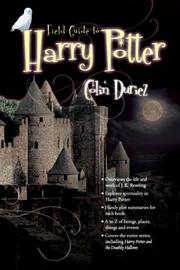
|
Field Guide to Harry Potter
|
Colin Duriez |
From plot summaries to refresh your memory (Do you remember which book introduces the character of Luna Lovegood?) to a delightful glossary of characters, places, spells and special objects (Do you k… |
OL17759368W |

|
Portals of power
|
Lori M. Campbell |
"This critical work explores the role of the portal in fantasy, investigating ways in which magical nexus points, and movement between worlds, are used to illustrate real-world power dynamics. Throug… |
OL18352801W |

|
Nelson's navy in fiction and film
|
Sue Parrill |
"This book provides summaries and analyses of more than 250 novels and 25 films and examines the extent to which they accurately reflect the history, mores and manners of the period and the extent to… |
OL18668845W |
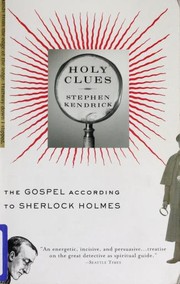
|
Holy Clues
|
Stephen Kendrick |
If God is the greatest mystery of them all, then why not, in pursuit of God, consult the greatest detective of them all? In this imaginative and surprisingly profound book, Stephen Kendrick reveals S… |
OL1995306W |

|
Lives of the novelists
|
Sutherland, John |
No previous author has attempted a book such as this: a complete history of novels written in the English language, from the genre's seventeenth-century origins to the present day. In the spirit of D… |
OL19957208W |

|
Gay novels of Britain, Ireland and the Commonwealth, 1881-1981
|
Drewey Wayne Gunn |
"Arranged chronologically from the appearance of the first gay protagonist to works from the onset of the AIDS epidemic, in-depth entries discuss each book's publication history, plot and significanc… |
OL20001804W |
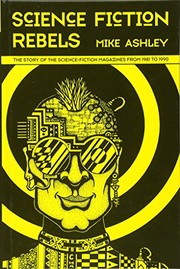
|
Science Fiction Rebels
|
Michael Ashley |
This volume charts a significant revolution throughout science fiction, much of which was driven by the alternative press, and by new editors at the leading magazines.The period saw the emergence of … |
OL20134384W |
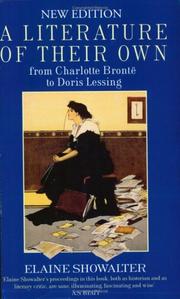
|
A literature of their own
|
Elaine Showalter |
A LITERATURE OF THEIR OWN quickly set the stage for the creative explosion of feminist literary studies that transformed the field in the 1980s. Launching a major new area for literary investigation,… |
OL2041593W |
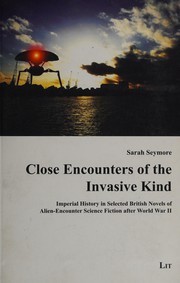
|
Close encounters of the invasive kind
|
Sarah Seymore |
Before the breakthrough of postcolonial studies, British science-fiction authors already saw the opportunity to discuss political and ethical issues of imperialism by projecting human history and beh… |
OL24158910W |

|
History, politics, and the novel
|
Dominick LaCapra |
LaCapra provides historically informed readings of eight major modern novels: Stendhal's *Red and Black*, Dostoevsky's *Notes from Underground*, Eliot's *Middlemarch*, Flaubert's *Sentimental Educati… |
OL2731945W |

|
The Sherlock Holmes companion
|
Daniel Smith |
> He is the most famous detective of all time. Though he never existed outside his creator's imagination, and his most recent adventures were dreamed up nearly a hundred years ago, Sherlock Holmes re… |
OL27965656W |

|
Imperial Masochism
|
John Kucich |
"In Imperial Masochism, John Kucich reveals the central role masochistic forms of voluntary suffering played in late-nineteenth-century British thinking about imperial politics and class identity. Pl… |
OL3472497W |

|
The science of The hitchhiker's guide to the galaxy
|
Michael Hanlon,Michael Hanlon |
Ever wonder what the Universe might actually look like? Why the number 42 is so significant? Whether time travel really would put a stop to history as we know it? If you are so clearly a fan of Dougl… |
OL5845156W |
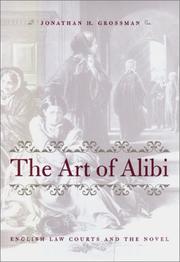
|
The art of alibi: English law courts and the novel
|
Jonathan H. Grossman |
"In The Art of Alibi, Jonathan H. Grossman reconstructs the relation of the novel to nineteenth-century law courts. During the Romantic era, courthouses and trial scenes frequently found their way in… |
OL6208291W |

|
Sherlock Holmes Detected
|
Ian McQueen |
>*Sherlock Holmes Detected* examines the life and career of the famous detective, and of his faithful friend Dr Watson, through the pages of the four novels not forgetting, of course, the fifty-six s… |
OL7001135W |

|
Jane Austen
|
Andrew Haggerty |
"A biography of writer Jane Austen that describes her era, her major works--the novels Pride and prejudice and Emma, her life, and the legacy of her writing"--Provided by publisher. |
OL8495081W |
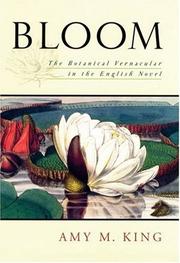
|
Bloom
|
Amy King |
Starting from the botanical crazes inspired by Linnaeus in the eighteenth century, and exploring the variations it spawned--natural history, landscape architecture, polemical battles over botany's pr… |
OL8843203W |

















